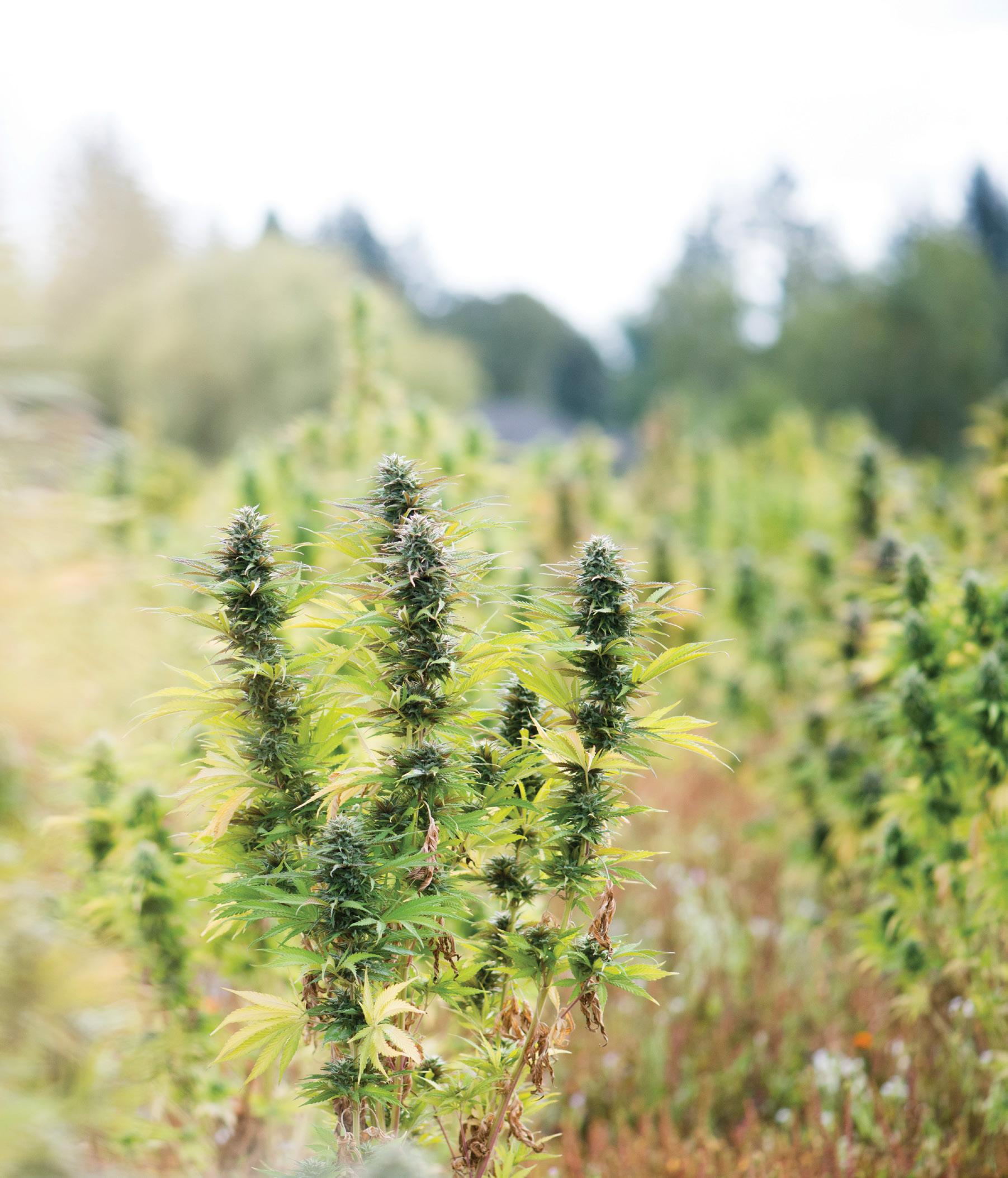
2 minute read
HEMP INDUSTRY
from June 2020 - California Leaf The Leisure Issue
by Northwest Leaf / Oregon Leaf / Alaska Leaf / Maryland Leaf / California Leaf / Northeast Leaf
JERRY WHITING for LEAF NATION LeBlancCNE.com/NWLeaf

Where ’ s all the hemp plastic?
I’m sure you’ve seen the meme or heard someone say, “If it can be made from plastic it can be made from hemp.” Given that plastic seems to be everywhere these days, why is none of it made from our favorite plant? We want it, where is it? Everyone wants to see petroleum-based plastics replaced with plant-based alternatives, but historically biobased polymers (aka bioplastics) make up a mere 0.2% of all plastic in use. The market is growing, with some predicting biobased plastics to make up 5% of all manufactured plastics in 2020 - though current economic conditions mean that all bets are off for the time being.
There seems to be little room in today’s market for non-petroleum based plastics because the plantbased plastics cost more and often don’t have the same performance. Because the economies of scale will only work if and when a significant portion of the industry uses biobased polymers, there’s little motivation for the industry to shift if it isn’t as profitable.
One would think that bioplastic made from hemp would be non-toxic, biodegradable and compostable. Many of the arguments against bioplastics are really about the environmental impact of conventional farming, including fertilizer, pesticide and herbicide runoff. Farm organically and sidestep these issues. On the upside, bioplastics compost better than petroleum plastics. This alone will have a big impact on municipal dumps and waste sites.
Sixty percent of the bioplastic market is packaging and accounts for the largest share of the growth in the industry. The consumer demand is there, so where’s hemp bioplastic in all this?
This is the second catch-22: until industrial hemp production shifts from CBD extraction to biomass and fiber, there’s no guaranteed source of bulk hemp suitable for bioplastic production.
Compounding matters is the need for factories to be close to farms, otherwise transportation costs add to the manufacturing costs eating away at profits.
Hemp contains 60-70% cellulose, and cellulose is used to make cellophane and rayon. Hemp fibers can be used to reinforce composite materials, providing increased tensile strength. I think a hemp-based PLA that can be run through 3D printers is the way to go. The market wouldn’t be large at first, but DIY enthusiasts will come up with prototypes and projects faster than waiting for large companies to lead the way.
For a number of reasons, hemp plastics will take awhile to take hold. There’s incredible momentum behind the current plastic industry and change won’t come quickly.
Hemp cultivation needs to ramp up to meet future demand for bioplastics. Increased R&D efforts will shorten the learning curve and propel the market forward.
Meanwhile, we as businesses and consumers need to choose hemp plastics whenever possible. It costs more? Think of it as a contribution to the cause, putting your money where your mouth is.
While 100% hemp plastics may be a lofty ideal, it isn’t necessarily an achievable goal - at least in the short term. Let’s not let that stop us from embracing it sooner rather than later.










